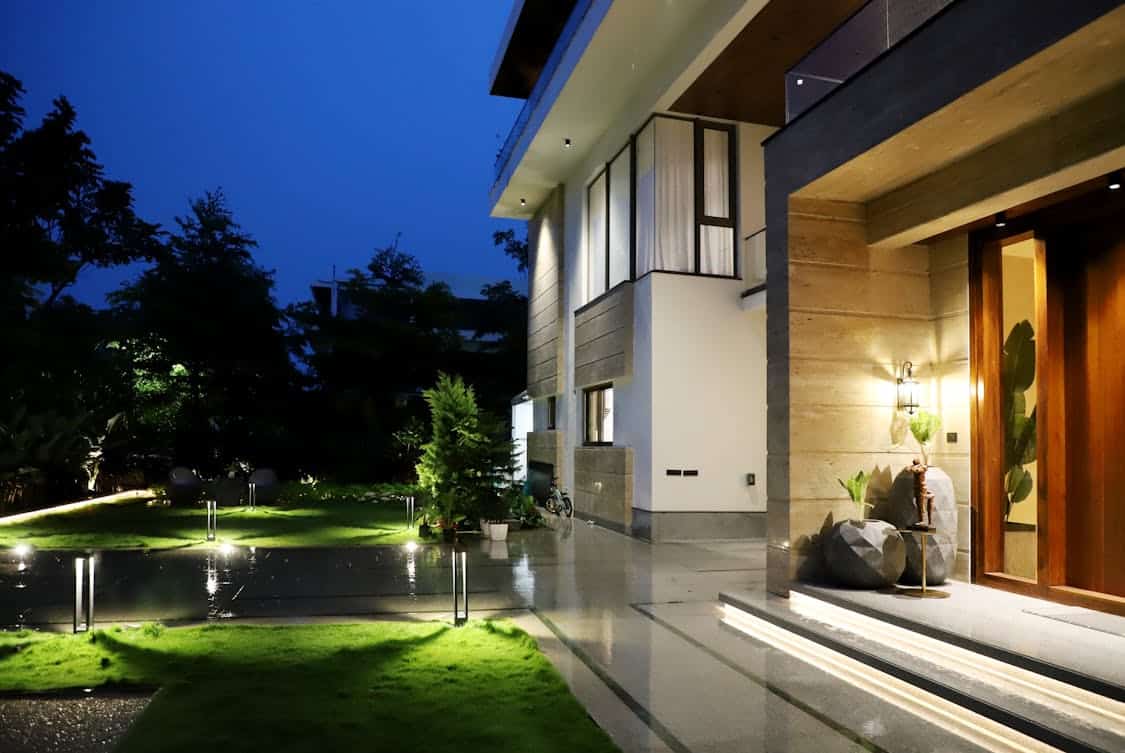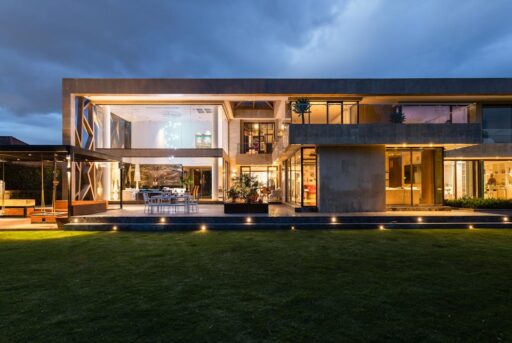Creating an inviting outdoor space can transform your backyard into a delightful retreat. One of the best ways to achieve this is through thoughtful lighting.
From enhancing safety to setting a mood, proper illumination can make all the difference. This guide will shed light on various types of lighting, practical tips, and creative ideas for every homeowner.
Understanding the Basics of Backyard Lighting
Before diving into specifics, it’s vital to grasp the fundamental concepts of backyard lighting. Light serves multiple purposes: it adds safety, enhances aesthetics, and can even extend the usability of your outdoor space.
The key is to balance illumination with functionality, ensuring bright enough areas for tasks while maintaining softer light for relaxation.
Consider the three primary categories of lighting: task, ambient, and accent. Task lighting focuses on specific functions like illuminating pathways or work areas.
Ambient lighting provides overall illumination, creating a comfortable atmosphere. Accent lighting highlights features such as trees or garden sculptures, drawing the eye and adding depth to your backyard.
Planning Your Lighting Layout
Creating a lighting layout requires some foresight. Start by mapping out your backyard, marking areas that need illumination. Think about pathways, seating areas, and any focal points, like a pond or garden.
Remember, varying the intensity and type of light creates a layered effect, adding dimension to your outdoor space.
Once you’ve highlighted key areas, consider the different types of fixtures available. From string lights to spotlights, the choices can be overwhelming.
A well-planned layout can help you choose fixtures that complement your space without overwhelming it.
Types of Lighting Fixtures
String Lights
String lights are a favorite for many homeowners, and it’s easy to see why. They add a whimsical touch, perfect for cozy gatherings or quiet evenings.
Whether draped across a pergola, hung along a fence, or wrapped around trees, their versatility is unmatched. They come in various styles, from vintage Edison bulbs to modern LED options.
Pathway Lights
Pathway lights serve a dual purpose: they illuminate walkways for safety and enhance the beauty of your garden. These lights often come in solar-powered options, making them eco-friendly and easy to install.
Look for fixtures that match your home’s style, whether sleek and modern or traditional and ornate.
Floodlights and Spotlights
For broader illumination, floodlights and spotlights are excellent choices. Floodlights cover a wide area, perfect for lighting up gardens or patios.
Spotlights, on the other hand, focus on specific features, like a stunning tree or a sculpture. They help create a dramatic effect and can be adjusted for the desired intensity.
Deck and Step Lights

If you have a deck or stairs in your backyard, don’t overlook deck and step lights. These fixtures enhance safety by lighting up potential tripping hazards and add a stylish element to your outdoor space.
They come in various forms, including built-in lights that blend seamlessly with your decking.
Choosing the Right Bulbs
The type of bulb you choose can significantly affect your lighting’s effectiveness. LED bulbs are energy-efficient and long-lasting, making them a popular choice for outdoor lighting.
They produce less heat compared to incandescent bulbs, which means they are safer for use in outdoor settings.
When selecting bulbs, consider the color temperature. Warmer tones create a cozy feel, while cooler tones evoke a more modern atmosphere.
In general, bulbs with a color temperature of 2700K to 3000K are ideal for outdoor spaces, providing a welcoming glow.
Solar vs. Electric Lighting
When it comes to backyard lighting, homeowners often grapple with the choice between solar and electric options. Solar lights are easy to install and require no wiring, relying instead on sunlight to charge during the day.
This makes them a convenient choice for those looking to illuminate their space without a complicated setup.
On the flip side, electric lights offer more power and versatility, allowing for brighter illumination and the ability to incorporate features like dimmers and timers.
If you have access to electrical outlets, electric lighting can provide more consistent performance and longevity.
Timing and Motion Sensors
Incorporating timers or motion sensors into your lighting scheme can enhance both convenience and security. Timers allow lights to turn on and off at predetermined times, perfect for evenings when you want your backyard illuminated without having to remember to switch on the lights.
Motion sensors add an extra layer of security by automatically activating lights when movement is detected. This feature not only deters unwanted visitors but also provides illumination when needed, especially during late-night returns home.
Creating a Focal Point
Every backyard has its highlights, so why not make them stand out? Using accent lighting to highlight specific features creates visual interest.
Consider using spotlights to illuminate a large tree, a beautiful flower bed, or a water feature. This technique draws the eye and adds depth to your outdoor space.
When lighting a focal point, consider the angle and intensity of the light. Experiment with different placements to see how the shadows and highlights interact with your landscape.
A well-placed spotlight can turn an ordinary feature into a stunning focal point.
Safety Considerations
When setting up your outdoor lighting, safety should always be a top priority. Ensure all wiring is weather-resistant, and choose fixtures designed for outdoor use.
If you’re using electric options, consider hiring a professional electrician to ensure the installation is safe and compliant with local codes.
For solar lights, make sure they are placed in areas that receive ample sunlight during the day. This will ensure they charge properly and provide adequate illumination at night.
Regular maintenance, such as cleaning and checking for damage, will keep your lights functioning effectively.
Seasonal Adjustments
Your lighting needs may change with the seasons. During the summer, you might want brighter outdoor lighting for entertaining, while winter might call for a softer glow.
Consider adjustable fixtures or dimmer switches to adapt your lighting scheme to your seasonal requirements.
In addition, think about festive lighting during holidays. String lights, lanterns, or themed decorations can create a cheerful atmosphere, showcasing your backyard as a gathering spot for friends and family.
Eco-Friendly Options
With environmental consciousness on the rise, many homeowners are opting for eco-friendly lighting solutions. Solar lights, as mentioned earlier, are a fantastic choice.
They harness energy from the sun, reducing your carbon footprint and lowering energy bills.
Moreover, consider using LED bulbs for their energy efficiency and longevity. These bulbs consume significantly less energy than traditional incandescent bulbs, making them a smart choice for sustainable living.
DIY vs. Professional Installation
Deciding whether to tackle your lighting project yourself or hire a professional depends on several factors. If you’re handy and enjoy DIY projects, many lighting options are simple to install.
However, for more complex setups, especially those involving electrical work, it’s worth considering professional landscape lighting services to bring your vision to life safely and effectively.
A skilled electrician can offer valuable advice, ensuring your lighting is both aesthetically pleasing and safe. Plus, they can help with any permits or inspections required in your area.
Lighting and Landscaping Integration
Integrating lighting with your landscaping can create a cohesive design. Consider how your plants and features will look both during the day and at night.
Use lighting to accentuate your garden’s natural beauty, casting shadows and highlights that change with the seasons.
Incorporate lights into pathways, ensuring they guide the way while highlighting your garden’s features. This integration enhances both functionality and visual appeal, leading to a more harmonious outdoor space.













